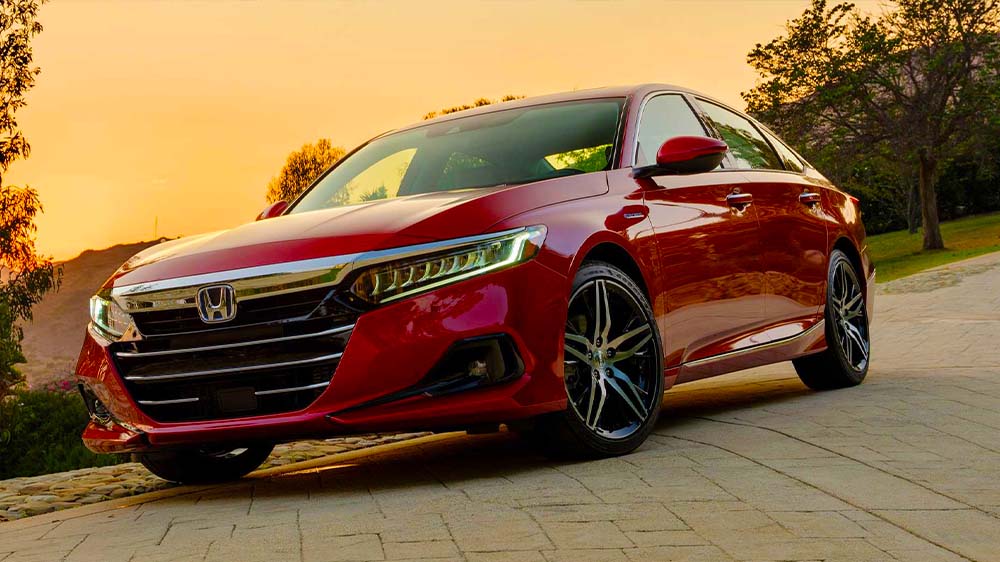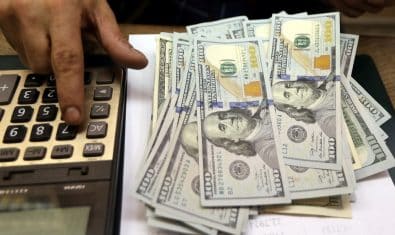Japanese carmaker Honda had previously stated that it will convert into an electric vehicle (EV) manufacturer by 2040 but this shift will be impossible without radical restructuring for an all-electric future.
It ended the production of finished cars at its Sayama factory in the Saitama Prefecture with a line-off ceremony in December 2021, as reported by Nikkei. The decision is part of the cost-cutting measures announced last year, including the implementation of a new car development system and the cancellation of the company’s Formula One racing program.
The Sayama facility became operational in 1964 and manufactured iconic Honda vehicles such as the Accord and the Civic. It also produced the Step WGN, the Odyssey, the Legend, and the discontinued Jade and Clarity until December. It made 250,000 cars per year, adding to a domestic manufacturing capacity of around one million vehicles per year. This includes production at the Yorii (Saitama Prefecture) and Suzuka (Mie Prefecture) factories.
“Like you, I will miss it all,” Honda’s President and CEO, Toshihiro Mibe, remarked at the event, and added that the company “will continue to create cars that meet the needs of consumers at home and abroad”.
However, the Sayama plant will keep producing auto parts until it is completely shut down in two to three years. Its operations will be shifted to the Yorii plant, where many of Sayama’s employees will be reemployed.
Honda’s domestic capacity has dipped to 800,000 automobiles per year from its present Yorii, Suzuka, and Honda Auto Body (Mie Prefecture) factories subsequent to the restructuring. The figure is almost 40 percent lower than it was in the early 2000s when the automaker was able to manufacture over 1.3 million vehicles every year.
Its production capacity is limited, unlike Toyota and Nissan which have considerably higher domestic production figures. However, this is because, compared to its competitors, the Japanese market accounts for a smaller share of Honda’s global sales.
Honda sold 740,000 cars in Japan in the fiscal year 2018, accounting for 14 percent of its global sales. Toyota sold 2.29 million cars in the US, which made for 22 percent of its total global sales. Honda, on the other hand, sold 1.61 million cars in the US, which was 30 percent of total sales; and 1.46 million cars in China, which comprised 28 percent of the sales. Honda has a more international production structure, illustrated by the increased share of the foreign sale. For example, the Accord sold in Japan is made in Thailand.
The transformation of Honda’s production sites to pursue its electrification goal is crucial, given the significance of the Chinese and American markets that are lagging behind EVs. Its first mass-market electric vehicle — the Honda e — was built at the Yorii factory and Honda aims to build EV-specific plants in China and the US.
This transition is predicted to have a financial impact on the corporation as global capacity is expected to drop from 5.59 million cars in the fiscal year 2020 to 5.14 million cars in the fiscal year 2021 (ending 31 March 2022). The suspension of its operations in the UK and Turkey will also impact the final figure, as will other difficulties, including the pandemic and scarcity of the semiconductor chip.




























